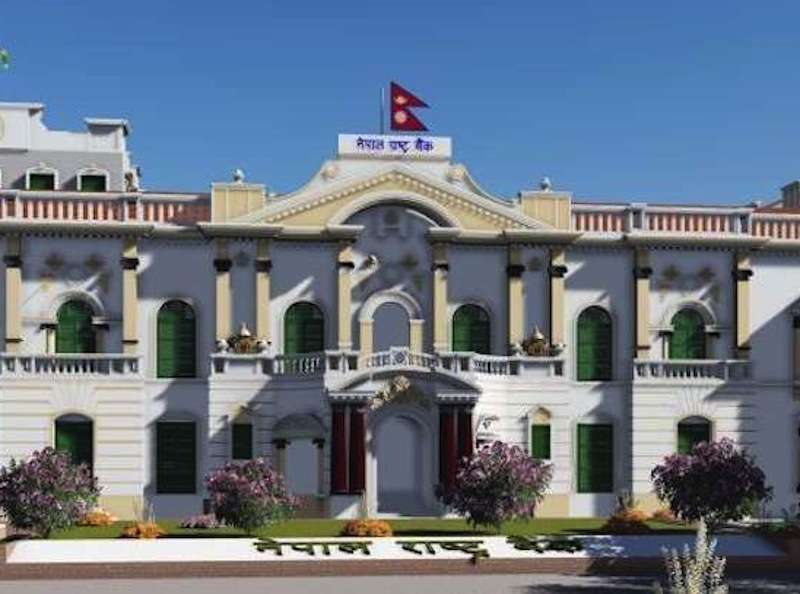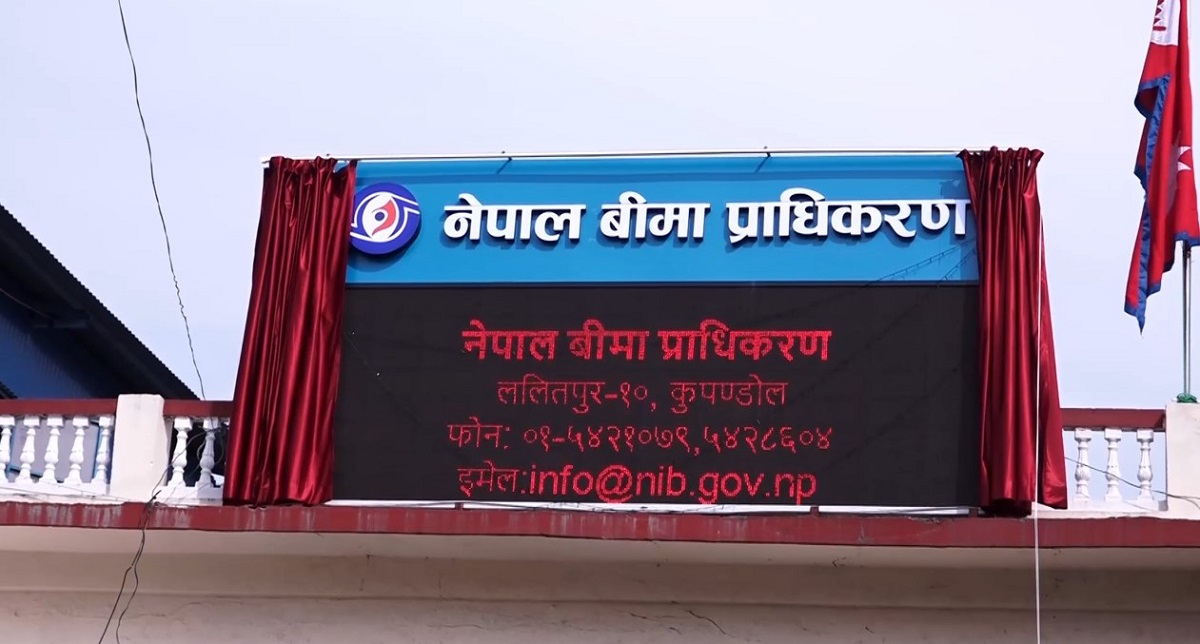The Nepal Rastra Bank (NRB) is set to revise its longstanding policy of encouraging banks and financial institutions to expand their physical branches, in response to growing adoption of digital payment systems and rising operational costs.
NRB Spokesperson Kiran Pandit said the upcoming Monetary Policy for Fiscal Year 2025/26 will include a shift in the branch expansion strategy.
“We had been incentivizing banks to expand their branches through various subsidies and regulatory relaxations,” he said. “But with most areas now covered and the growing relevance of electronic transactions, it's time to revise the policy.”
In the past, the central bank had introduced measures such as grants, interest-free deposits, and relaxed regulatory indicators including spread rate requirements to encourage banks to open branches in rural areas. Until last fiscal year, the NRB had been directing banks to open branches in each local unit. Following the establishment of a branch of Everest Bank in Saipal Rural Municipality in early 2024, the central bank declared that commercial banks had reached all local levels.
However, due to mergers, many banks now have multiple branches in the same locations. This has led several banks to file requests with the central bank to shut down redundant branches. While NRB has allowed mergers of overlapping branches, it has not yet permitted outright closures.
A report recently submitted to the NRB by the Bank Sector Reform Recommendation Taskforce, led by Dr. Rewat Bahadur Karki, has also called for allowing banks to close unviable branches. The report suggests that in areas lacking commercial viability for commercial banks, financial services can be provided through development banks, finance companies, or microfinance institutions.
According to NRB data, as of mid-June 2025, there were 6,518 branches operated by 54 banks and financial institutions across Nepal. Of these, 5,095 belong to commercial banks, 1,132 to development banks, and 291 to finance companies. While the past saw rapid expansion of branches, this trend has slowed significantly in recent years.
One senior banker remarked that with the expansion of financial institutions and digital infrastructure, the significance of physical branches has diminished. “The NRB must move beyond the mindset that physical presence is necessary to access banking services,” the banker said. “Banks should be allowed to shut down loss-making branches.”












